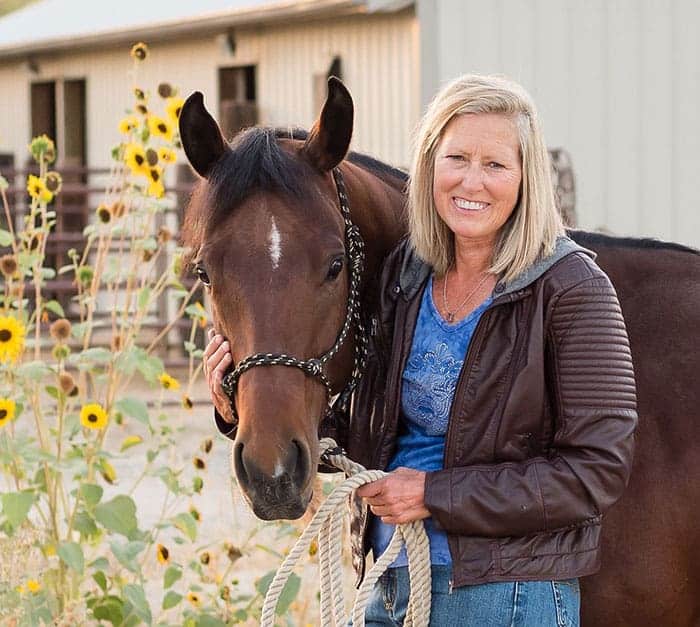Aboveground Burial for Horses
- Topics: Euthanasia, Farm and Barn, Welfare and Industry

While attending the 2019 Best Horse Practices Summit in Maine, I had the opportunity to tour a unique equine business called Compassionate Composting. This company deals exclusively with composting dead horses.
Before you wrinkle your nose and turn away, consider that many places across the country have fewer and fewer options for dealing with a horse’s body after the animal has died. Rendering companies are under more scrutiny to reject carcasses of animals euthanized using barbiturates such as sodium pentobarbital, which is the most common choice for euthanizing horses. Many states or municipalities don’t allow ground burials due to water quality concerns. If you prefer sending your horse’s body to a rendering service, among the remaining choices are euthanasia via gunshot or captive bolt. You could also find a way to transport the horse’s 1,000-pound body to a landfill for disposal.
Or, you could consider what is referred to as an aboveground burial—the composting of a horse’s body. Composting is a biological process that aerobically (requiring oxygen) breaks down carbon-based organisms, or anything that used to be living, and turns it into a healthy, finished material that has beneficial uses on pastures and land. The process is cleaner than anaerobic decomposition (not requiring oxygen) that occurs at landfills, which is very slow and creates the methane (an environment-damaging greenhouse gas) and other foul odors
Create a free account with TheHorse.com to view this content.
TheHorse.com is home to thousands of free articles about horse health care. In order to access some of our exclusive free content, you must be signed into TheHorse.com.
Start your free account today!
Already have an account?
and continue reading.

Written by:
Alayne Blickle
Related Articles
Stay on top of the most recent Horse Health news with












